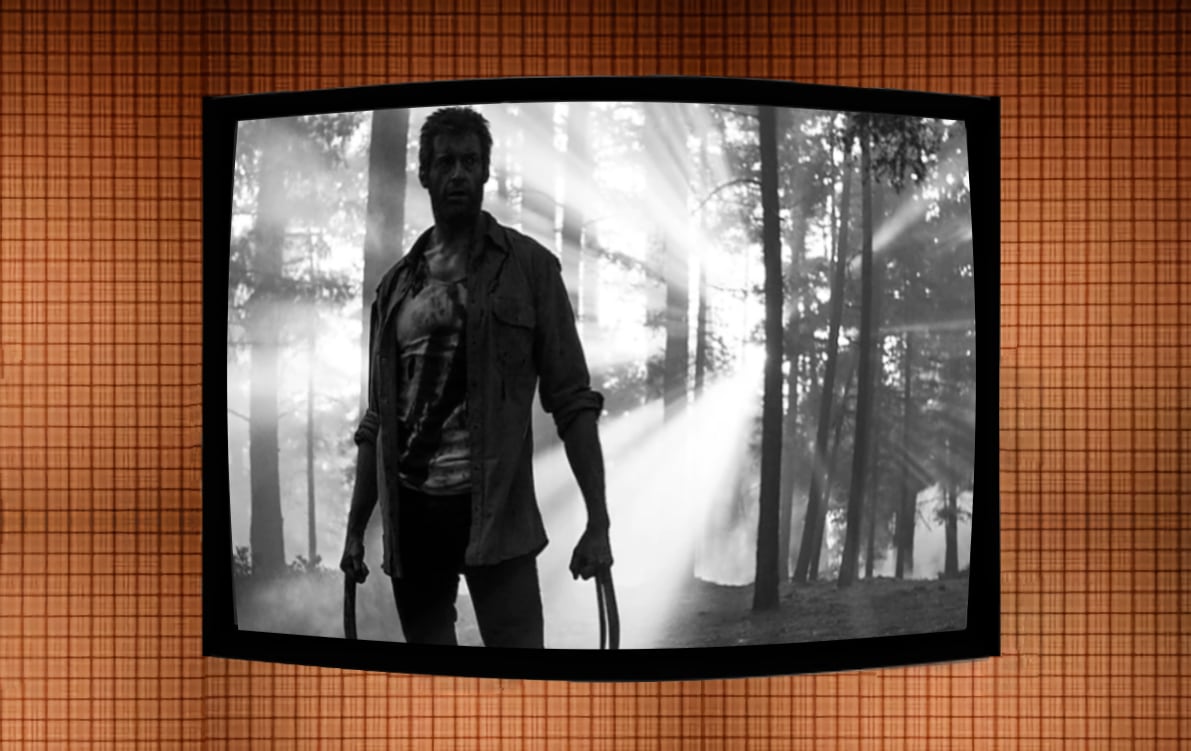In a move that’s sure to turn heads, TV manufacturers are making a 180-degree turn and undoing years of innovation push. They’re switching back from 4K and 8K to SD and HD resolutions. The reason? Complete failure to get the TV broadcast business to come along.
Update: Happy April Fools' Day! We hope that you enjoyed our contribution.
"We’ve pushed and pushed"
Since 2012, TV makers have warmed to the idea of upping the resolution, first with 4K and more recently even 8K. Consumers have bought them all right. In fact they had stopped buying SD and HD sets altogether.
- "It probably helped that we stopped making them," said one TV maker.
Still, broadcasters did not make the switch. Actually, quite a few of them still transmit in SD. Moreover, most viewers didn’t make the switch either. When offered an SD and HD version of the same channel, most will happily tune to the SD one.
- "We had to go back to the drawing board," said one other TV maker. "For years we’ve pushed and pushed but it’s time to give up and accept that SD was basically good enough. HD was a stretch but 4K was just a bridge too far. Just forget about 8K."
- "We’re even going back to mono", a spokesperson admitted. "We thought stereo was firmly established and we could quietly move on to surround sound but the overwhelming success of ‘smart’ speakers has tought us consumers just don’t care about stereo sound anymore."

'Noir mode' and curved screens
One TV maker let on they’re experimenting with curved screens.
- "Not concave, like we tried a few years ago, but convex, like old-fashioned CRT sets with picture tubes," the TV maker said.
In addition to the famous Filmmaker Mode which preserves 24fps frame rate that was introduced recently, expect to find TVs coming with a new Broadcaster Mode. It makes all content interlaced, even if progressive, and bumps up the frame rate to 50i or 60i, depending on the region. Additionally, it limits the screen brightness to 100 nits, applies Rec.709 color space, enforces 8-bit color depth and displays all content in Standard Dynamic Range (SDR).
- "We’re also considering the addition of ‘Noir mode’ – basically a button on the remote control that switches from color to black & white – but we’re not sure if users are ready for that. Besides, we’re testing a concept of a TV without a remote control. Market research has taught us consumers always lose the remote so is it worth the bother of bundling one? On our new model we’ve place all buttons and controls on the TV itself. It’s a radical idea but it works really well."
DVD makes a comeback
In a related move, the home entertainment divisions of movie studios have decided to focus on SD from now on. On physical media that means DVD rather than Blu-ray Disc. Never mind Ultra HD Blu-ray.
- "It’s an old wisdom that consumers vote with their wallets, and what that’s telling us is that DVD is simply the best format ever. After more than ten years, they still outsell Blu-ray. Innovation is so overrated," said an industry insider who asked not to be identified.
Also on streaming platforms, SD resolution is the way to go.
- "We’ve seen it during the lockdowns and quarantine measures following the coronavirus outbreak. We switched off HD and 4K resolutions and nobody complained. It’s not as strange as you may think, you see – it just confirms what we always suspected: that subscribers take the premium plans for the multiple streams, not for the picture quality."
Lastly, theatrical movie production will move to 1K resolution for mastering, the so-called Digital Intermediate. That’s about equivalent to SD.
- "Can anybody really see the difference between 1K, 2K and 4K? I don’t think so. So long as you can’t count the pixels, we’re good."
The move will take effect today, April 1st.







